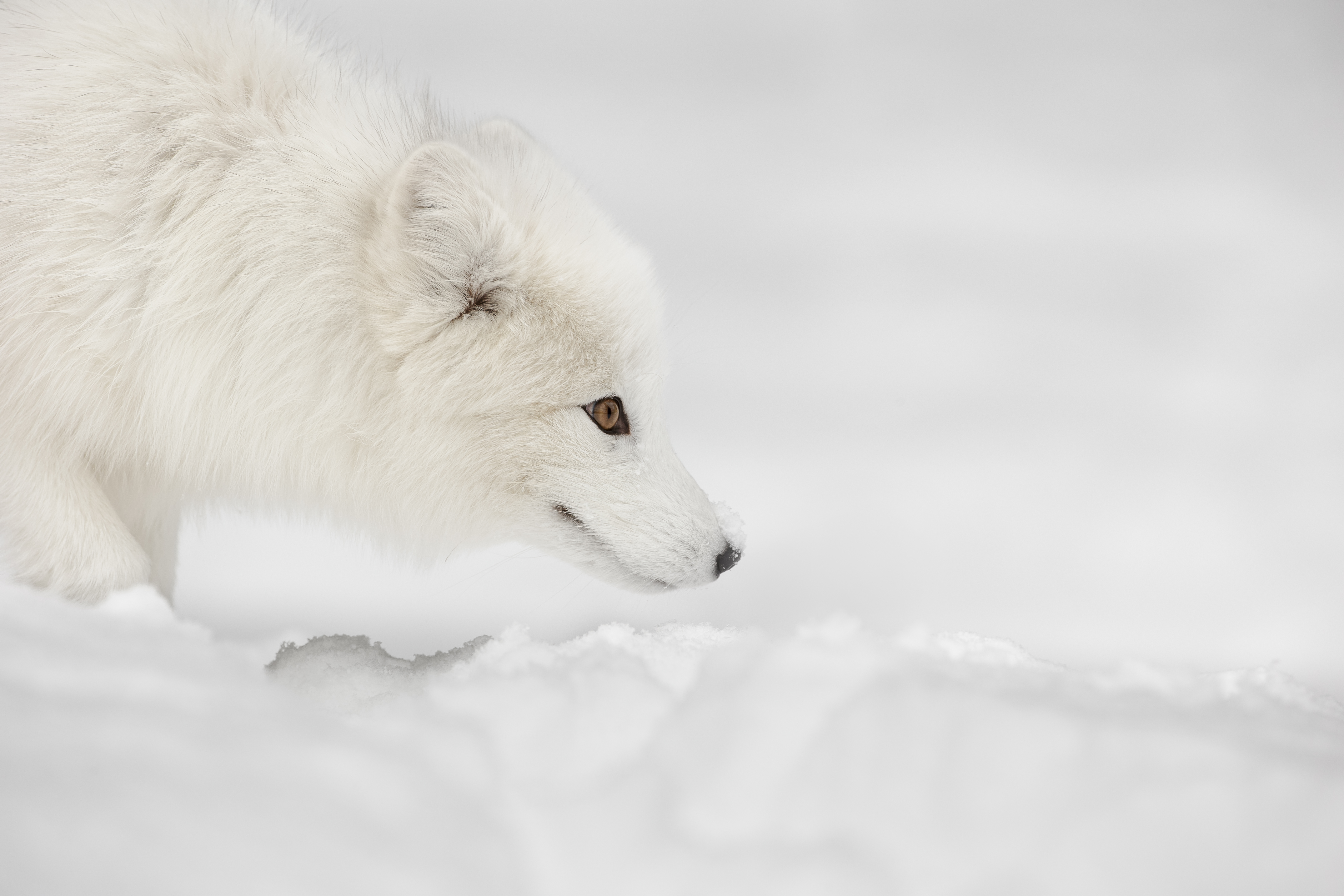
16+ Tundra Plants And Animals Adaptations Pictures
.Then they hibernate, or sleep during the winter. During summer, many animals have a darker shade of feather or fur and in winter their fur is pure white to blend in with the snow.
Ptarmigan are brown in summer, but white in the winter.
Many birds that occur in arctic tundra are migratory, which means they only travel to such regions during the warmer summer period. One of the largest arctic tundra mammals, the musk ox has a dense coat which, combined with its large size and short legs and tail, reduces the loss of body heat. These include ravens, snow buntings, falcons, terns and several gull species. Jun 04, 2021 · tundra plants and animals adaptations. See full list on sciencing.com See full list on sciencing.com Migration and hibernation are examples of adaptations used by animals in the arctic tundra. A number of mammals can survive in tundra habitats thanks to special adaptations and the insulation fur and fat provide. A desert is a very warm these animals have adopted various defense mechanisms that keep their bodies protected from extremely cold weather. Tundra plants are dark in color. Then they hibernate, or sleep during the winter. Many animals that live in tundra environment, including fish, grow and reproduce at slower rates. Generally categorized as arctic or alpine, tundra refers to a treeless biome that ranks among the coldest on earth. Arctic tundra carnivores include arctic foxes and polar bears. Other arctic tundra plants include shrubs, sedges, reindeer mosses, liverworts, grasses and several species of lichen. In alpine tundra, marmots, mountain goats, pikas, sheep and elk occur. Plant and animal adaptations in the tundra, sep 06, 2019 · adaptations may help a plant or animal survive the cold, the heat, find food, use tools, hide from predators, and much more. Other arctic tundra herbivores include arctic hares, squirrels, voles, lemmings and caribou, which have hooves that support them in snow. Dark colors absorb and retain heat better than light colors. Some tundra fish have special adaptations, like the alaska blackfish, which produces a chemical that lowers the freezing point of the fluids in its cells. This adaptation helps plants conserve heat by reducing the surface area exposed to the cold, as well as protecting the plants from winds. See full list on sciencing.com Unlike trout in other parts of the world, for example, tundra lake trout have been known to take up to 10 years to mature. Jul 30, 2019 · tundra plants tend to grow in clusters. Animals in the tundra are also adapted to extreme conditions, and they take advantage of the temporary explosion of plant and insect life in the short growing season. During the summer, brown bears behavior is to eat about anything they can find. Plants of the same species often grow near each other in clusters in the tundra. More images for tundra plants and animals adaptations » Though covered in snow most of the year, the tundra experiences a short summer growing season during which animal and plant activity peaks. According to the university of california museum of paleontology, 1,700 kinds of plants occur in arctic tundra. Stem and animal physical adaptations.





